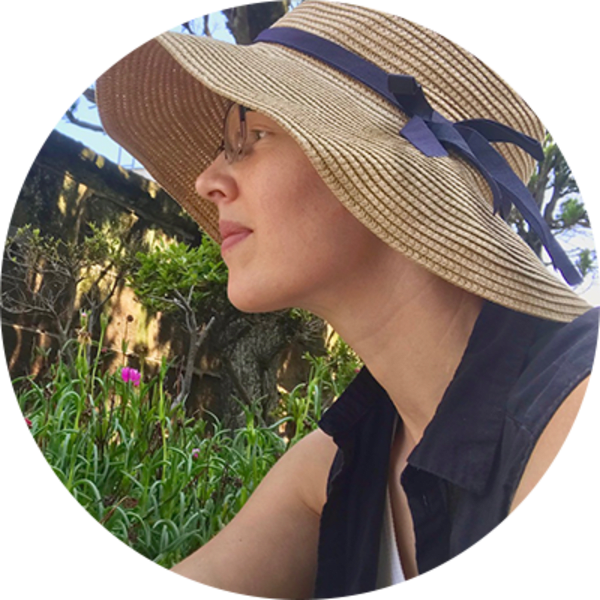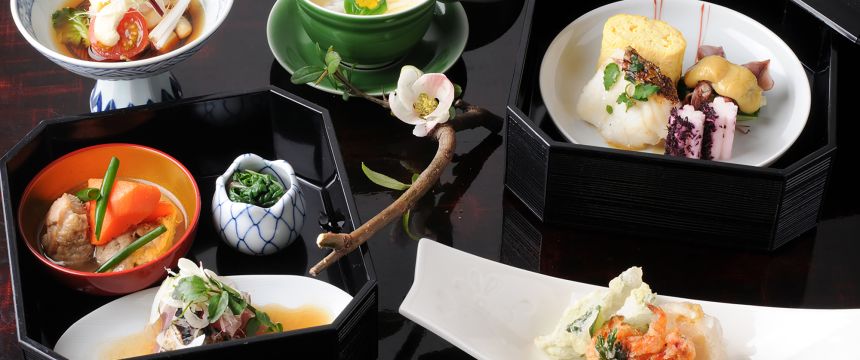Toba City, Mie Prefecture – Tokai

Central Japan beckons with promises of ancient culture, rugged coastlines, and stunning landscapes. On the region’s Pacific coast, southeastern Mie Prefecture juts out into the sea, forming the Shima Peninsula (also known as Ise-Shima) and one side of Ise Bay. Inland, Japan’s most sacred shrine, Ise Jingu (Ise Grand Shrine), draws worshippers to pray, while along the peninsula’s coastline, groups of women continue a millennia-old tradition of plunging into the coastal waters to harvest the edible bounty found on the ocean floor.
These women are ama, and they dive without oxygen tanks in much the same way as those who came before them, gathering abalone, turban shells, sea urchin, and other sea life, as well as various types of seaweed. Come to Mie, immerse yourself in the ama sisterhood of fisherwomen, and discover for yourself the charms, the dangers, and the thrills of their incredible world.
Jewels of the Seas
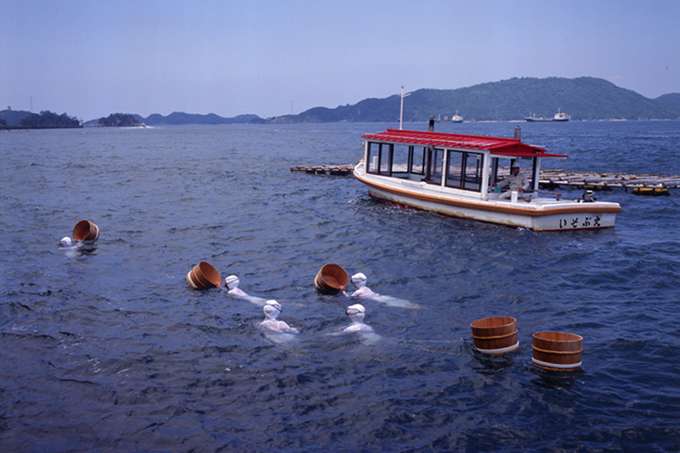
The enduring image of ama is women dressed all in white, including a white tenugui headscarf covering their hair. Modern divers choose to wear a wetsuit, but you can still see ama in white attire perform diving demonstrations at Mikimoto Pearl Island, site of the world’s first pearl farm. Ama were once essential to pearl farming—bringing up oysters to be seeded, subsequently returning them to the sea floor, and moving them to safety before the arrival of a typhoon or a red tide (toxic algal blooms).
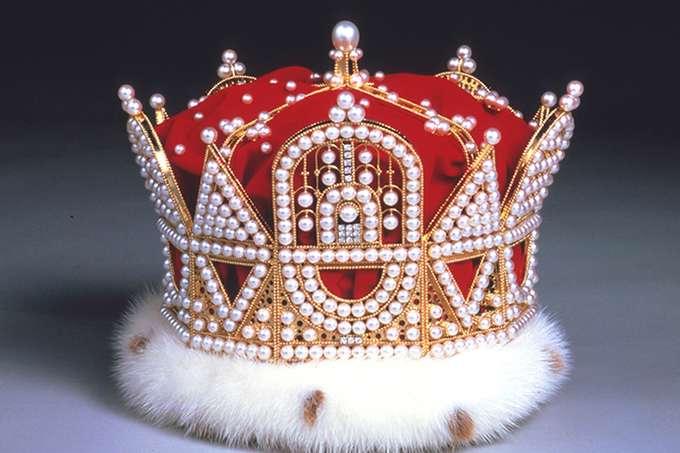
Although their clothing may be different today, the women continue to adorn their attire with two symbols of protection: seman, a five-pointed star, and doman, a rectangle with a lattice pattern. You’ll notice these talismans in purple dye or black embroidery on ama headscarves and undergarments, as well as on amulets from area shrines and temples.
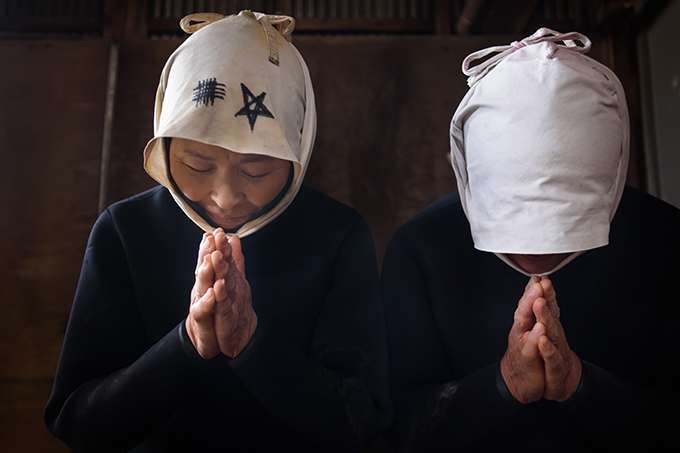
Ama wear them for protection from the dangers that are ever present in the ocean where they work—bone-chilling cold, powerful currents, and even the occasional shark. In the past, the talismans were believed to protect the ama from the monster that was thought to inhabit the ocean.
Protecting an Endangered Way of Life

For three to five thousand years, ama have been a part of Japan’s ocean-fishing culture, with communities located in various towns along the coast. Yet, the past seventy years have seen their numbers fall, as young women choose different career paths and elderly ama retire.
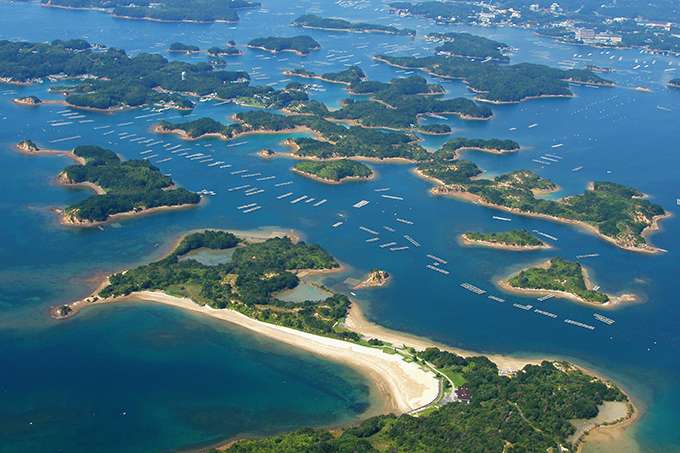
Though there were 9,100 ama located across Japan in 1978, today there are just 2,000 or so left. Of those, roughly 1,000 live and work in the Shima and Toba areas of the Shima Peninsula. The Osatsu neighborhood of Toba, located at the mouth of Ise Bay, is home to 100 of the area’s ama.
Shrinking numbers is just one of the ama’s concerns; another that is perhaps more serious is the severe decline in ocean resources. Ama, as free divers, are limited by their lung capacity and their refusal to use advanced equipment. In this way, they help to prevent overfishing naturally, but the ama are also proponents of sustainable fishing.
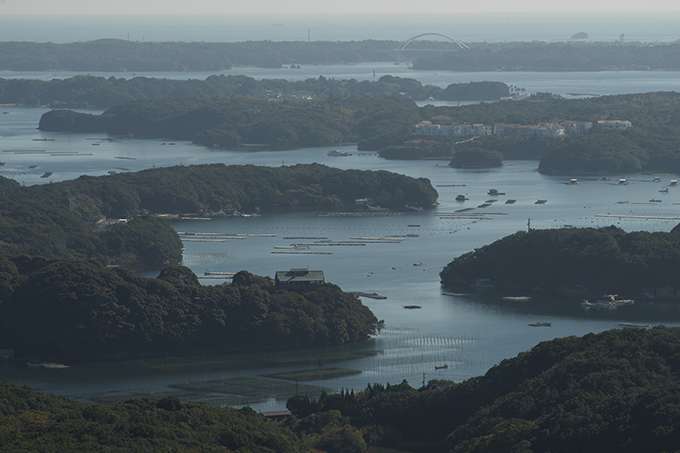
Yet, despite ama practices that strictly regulate the time they spend diving, the length of the harvest seasons, and the size of abalone and other shellfish they are allowed to take, the seas around the Shima Peninsula are becoming depleted. Seaweed, critical not only because it is a marketable product but also because it creates an environment where sea life can thrive, has become increasingly scarce.

Without shellfish and seaweed to harvest, ama would not able to support themselves, and this incredible element of Japanese culture would be lost. For now, though, the ama persevere, continuing ancient traditions with only minor modern modifications, ever careful not to exacerbate the problem of dwindling resources by overfishing.
Fresh Seafood and Lively Conversation
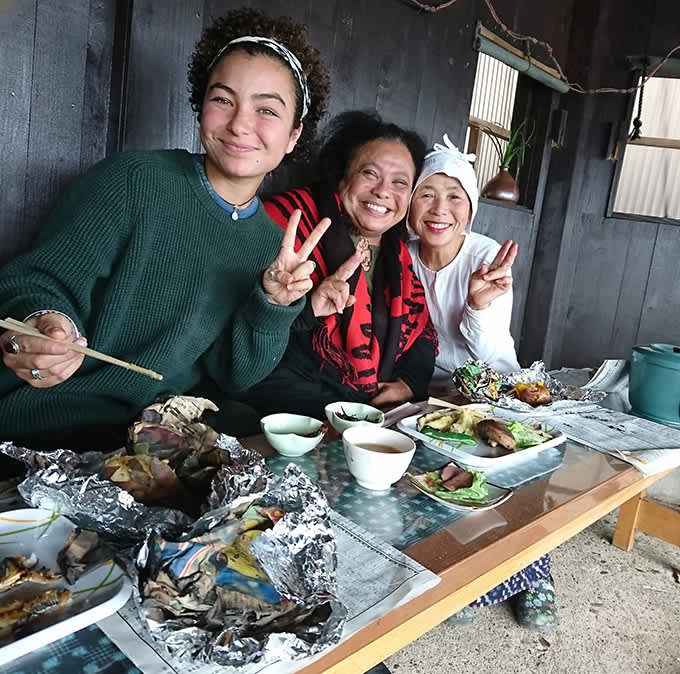
Once a dive is finished, ama take their catch to market, wash the salt from their equipment, and retire to small huts called ama goya to warm themselves and relax. These huts are more than just a place to take a break—they are important gathering places where ama share knowledge that has been passed down for generations.

Get a peek into this wonderful world of women divers by signing up for an Osatsu Kamado (Ama Hut Experience), where you’ll be invited into an ama goya to enjoy good food, lively conversation, and spirited laughter with ama.
Choose between the lunch plan and the snack plan, both of which include delicacies from Shima Peninsula’s coastal waters. For the lunch plan, ama cook a variety of just-harvested seafood—scallops, oysters, and turban shells, for example—over a grill in their hut. For the snack plan, green tea and mochi (glutinous-rice cakes) are served alongside shelled seafood.

Over the meal, ama regale visitors with tales of the sea, from both their own experiences and those of their predecessors. Take advantage of this time to ask questions about life as an ama. You’re bound to feel the passion that ama have for their profession as you listen to them speak.
Once you are replete with food and knowledge about ama, it’s time to try on traditional ama attire, headscarf included, and take photos to remember your time with the female divers of Ise-Shima.
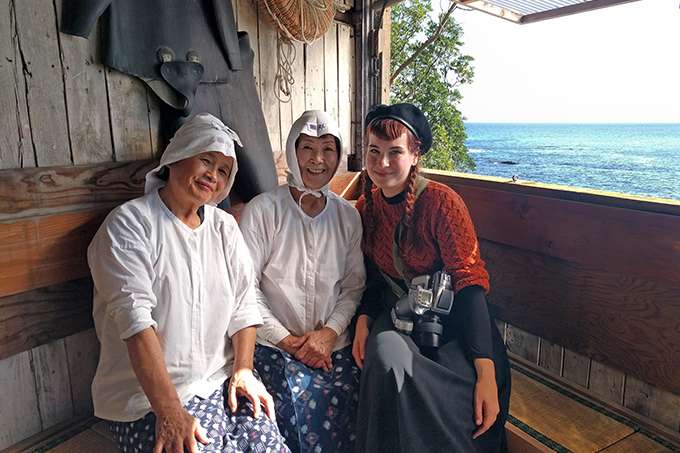
Those keen to experience an even richer dip into ama culture will want to book a one-day ama diver tour. In addition to lunch in an ama goya, the tour includes a trip to Mikimoto Pearl Island to see a diving demonstration, an English-language guide, a shuttle service to Toba Station, and a hike up Mount Aonomine to a temple sacred to the ama, Shofukuji. It’s an incredible look at a unique culture, and the day is sure to become a treasured memory.
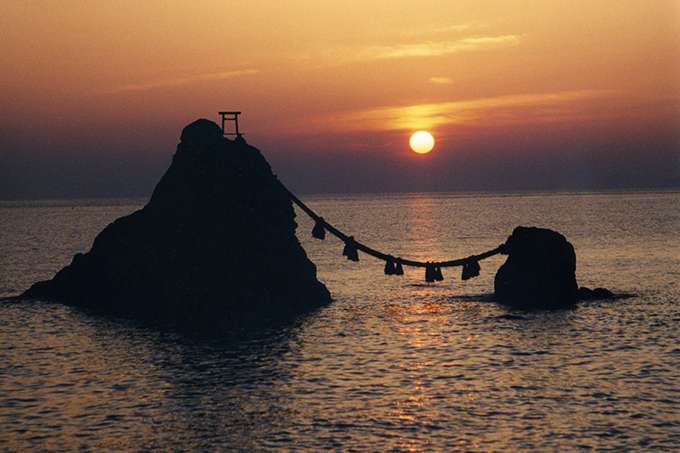
Contact Information
Ama Hut Experience, Osatsu Kamado
Various locations, Osatsu-cho, Toba, Mie Prefecture 517-0032
How to Get There
Osatsu is a neighborhood of Toba, a city at the mouth of Ise Bay on the Shima Peninsula in the southeast of Mie Prefecture. To access the area easily and quickly, fly into Chubu Centrair International Airport, which is served by direct flights from many domestic airports. From the airport, it takes approximately two and a half hours by car to reach Osatsu via the Ise Expressway and local roads.
To travel from Chubu Centrair International Airport to Osatsu by public transportation, board a high-speed boat headed for Tsu. The airport and boat boarding area are connected by a passageway. From Tsu, board a Kintetsu Express Line train and disembark at Toba. Take a Kamome bus from Toba to Osatsu. The trip takes approximately two and a half hours.
Recommended Itineraries
Discover the history and culture of the Shima Peninsula with visits to the Sea-Folk Museum, Osatsu Ama Museum, and various temples and shrines, including Saimyo Temple, Amakazukime Shrine, Shinmei Shrine, and Aonominesan Shofuku Temple. Explore the coastal area by island-hopping Toba’s offshore areas: Kamishima, Toshijima, Sugashima, and Sakatejima. You can also join a Kaito Yumin Club kayak tour. Ninja and samurai enthusiasts will want to head inland to travel back in time at Ninja Kingdom Ise, a theme park based on the Azuchi-Momoyama period (1568–1603). Last but most definitely not least, a visit to the Shima Peninsula can’t be called complete without a visit to Ise Grand Shrine, Japan’s holiest shrine.
Related Links
Ama Hut Experiences (English)
One-Day Ama Diver Tour (English)
Mie (English)
Map
Featured Cuisine
Hokkaido, Japan’s northernmost island, is famous for its fresh and delicious seafood. Crab, scallops, salmon roe, and sea urchin are just a few of the many seafoods that can be enjoyed during your stay. Try a kaisen don (seafood bowl) with one or more varieties of fish and shellfish for a filling meal. Hokkaido is also well known for its agriculture. Yubari melons and Hokkaido asparagus in particular are considered to be Hokkaido specialties.
-
Author
Author: Helen
Helen hails from a small town in Central Canada. Shortly after completing an honors degree in history, a desire to study karate in its birthplace drew her to Japan. Since arriving in 2006, she has earned her second dan in Goju-ryu karate, fallen head-first into Japanese culture by way of cross-cultural marriage, and written about Japan for a variety of publications. She loves traveling by Shinkansen, curling up under a heated kotatsu blanket, and eating anything with mochi.
All information is correct as of the time of writing.
Please check for the latest information before you travel.




























































